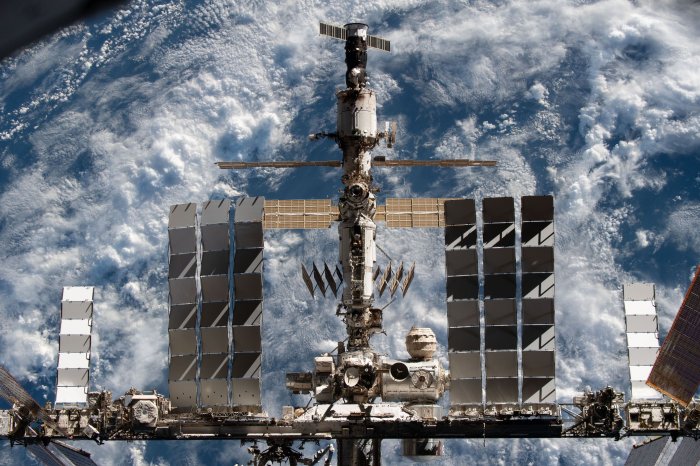1 of 6 | A technician with Lockheed Martin in Colorado inspects the Lucy spacecraft's solar arrays, which are 24 feet in diameter. Photo courtesy of NASA
ORLANDO, Fla., Oct. 13 (UPI) -- NASA has worked years to build a spacecraft to examine eight asteroids for clues about the origins of the solar system, and now the agency has a three-week period to launch starting this weekend.
The launch period will begin the earliest possible attempt at 5:34 a.m. EDT Saturday from Cape Canaveral Space Force Station in Florida.
The launch is to send the $981 million mission on a complex journey of billions of miles, in a complex trajectory weaving through the solar system to eventually study the eight asteroids over a 12-year period.
The farthest point of the journey will be over 400 million miles from Earth's orbit of the sun -- the relative distance of Jupiter's orbit from Earth's.
Such interplanetary missions are particularly challenging to launch because extreme precision is needed, John Elbon, chief operating officer of launch provider United Launch Alliance, said in a press conference Wednesday.
For example, Lucy will loop through the inner solar system and past Earth three times to gain speed from the Earth's gravity.
"It's very important that we get launched early in that three-week window. We're focused on the first day," Elbon said.
ULA's launch on an Atlas V rocket would face only a 10% risk of storm clouds that could nix the attempt Saturday, according to a U.S. Space Force forecast. If technical or other issues cause a delay, the risk of bad weather for the launch rises to 50% on Sunday morning.
The spacecraft is about 43 feet long and has two very large disc-like solar arrays about 24 feet in diameter. It carries four instruments designed to scan and determine the nature of the asteroids' composition, temperature and topography.
Lucy would be the first mission to visit the Trojan asteroids, which NASA believes are debris left from the formation of Jupiter, Saturn and the outer planets. The asteroids have been locked into Jupiter's orbit since that time by the gas giant's gravitational force.
While the asteroids near Jupiter are likely from the same era of the solar system's formation, color variations from grey to red could mean they come from disparate regions, Hal Levison, Lucy principal investigator, said during the press conference.
Such color differentiation "clearly is telling us something really fundamental about the history of the solar system," said Levison, a scientist with the Southwest Research Institute in Texas, which leads the mission.
Hundreds of technicians at NASA's Goddard Spaceflight Center in Maryland assembled Lucy, said Donya Douglas-Bradshaw, Lucy project manager.
"I think the largest challenge over the years certainly had to do with the pandemic," Douglas-Bradshaw said. "When you're building hardware and integrating and testing it, there's a lot of hands on, and so it was particularly challenging to try to build it and maintain the safety of the workforce."
The International Space Station is pictured from the SpaceX Crew Dragon Endeavour during a flyaround of the orbiting lab that took place following its undocking from the Harmony module’s space-facing port on November 8. Photo courtesy of NASA
















